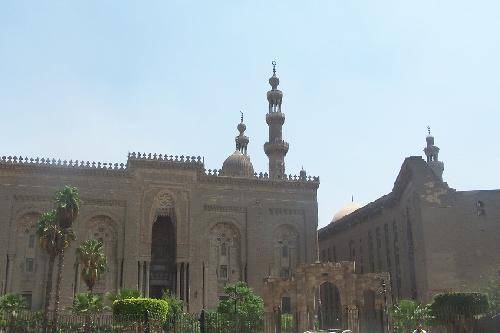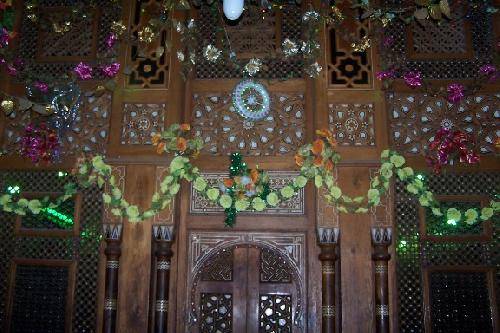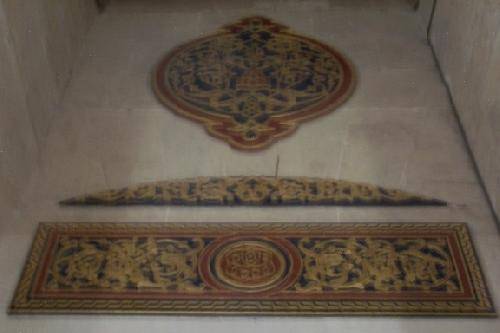 nd Shaykh Abdullah El-Ansari to it.She also ordered him to build a funerary chamber for herself and her family next to the mosque. The death of Princess Khushyar and architect Hussein Fahmi made the erection of the mosque stop for a number of years.
nd Shaykh Abdullah El-Ansari to it.She also ordered him to build a funerary chamber for herself and her family next to the mosque. The death of Princess Khushyar and architect Hussein Fahmi made the erection of the mosque stop for a number of years.
In 1905, the foreign architect Max Herz Bey followed the design and the style of decoration that was planned by Hussein Pasha before,and completed the construction of the mosque.One of the eye-catching features in this mosque is the neo- Mamluk style of decoration. The sanctuary, with its large size, is beautifully decorated with stalactites and various forms of marble ornate from different countries.
Of special interest in this monument are the luxuriously ornamented window grills, the gilded ceiling and the 44 huge pillars in the courtyard of that mosque. The mosque has two doors one of them in the west and another one in the southern side of the mosque and only the southern one can be used now. Once you enter the mosque, you would find the cenotaph of Shaykh Ali El-Rifaey who is supposed as a saint and people still visit his tomb and walk around it till now.

The cenotaph is covered with a beautiful sandalwood screen. Behind an oblong room on the left side of this cenotaph appears a mausoleum that gathers the bodies of many members of the royal family including the tombs of King Fuad, and his mother Ferial, and the tomb of the last shah of Iran Muhammad Pahlavi, and the last king of Egypt, King Farouk. On the left of the Qibla stands the door leading to the mausoleum of princess Khushyar's family that exists along the north wall. It contains a large tomb for the princess and her son Ismail Pasha, a larger tomb for Sultan Hussein Kamil and his wife, and a small tomb for the three wives of Ismail Pasha.

